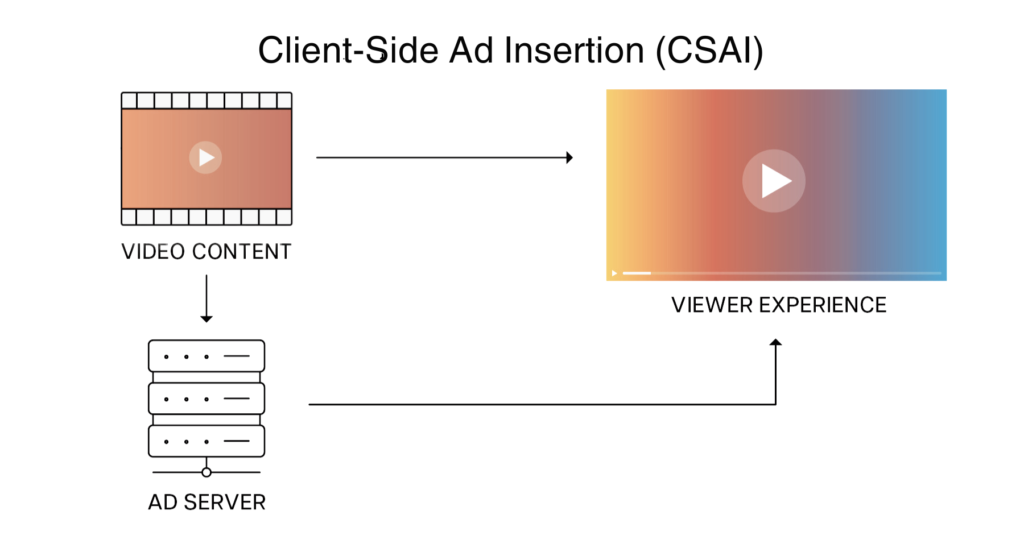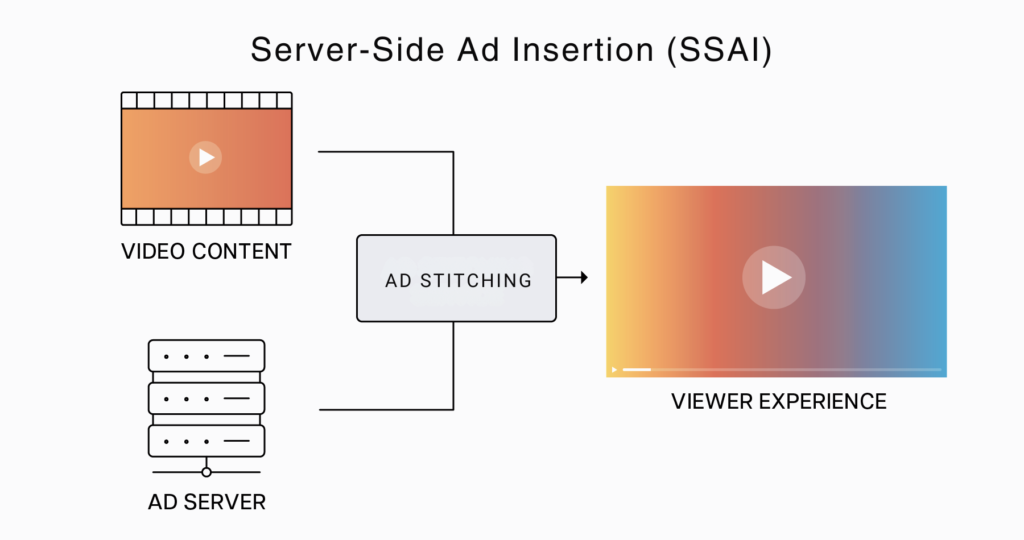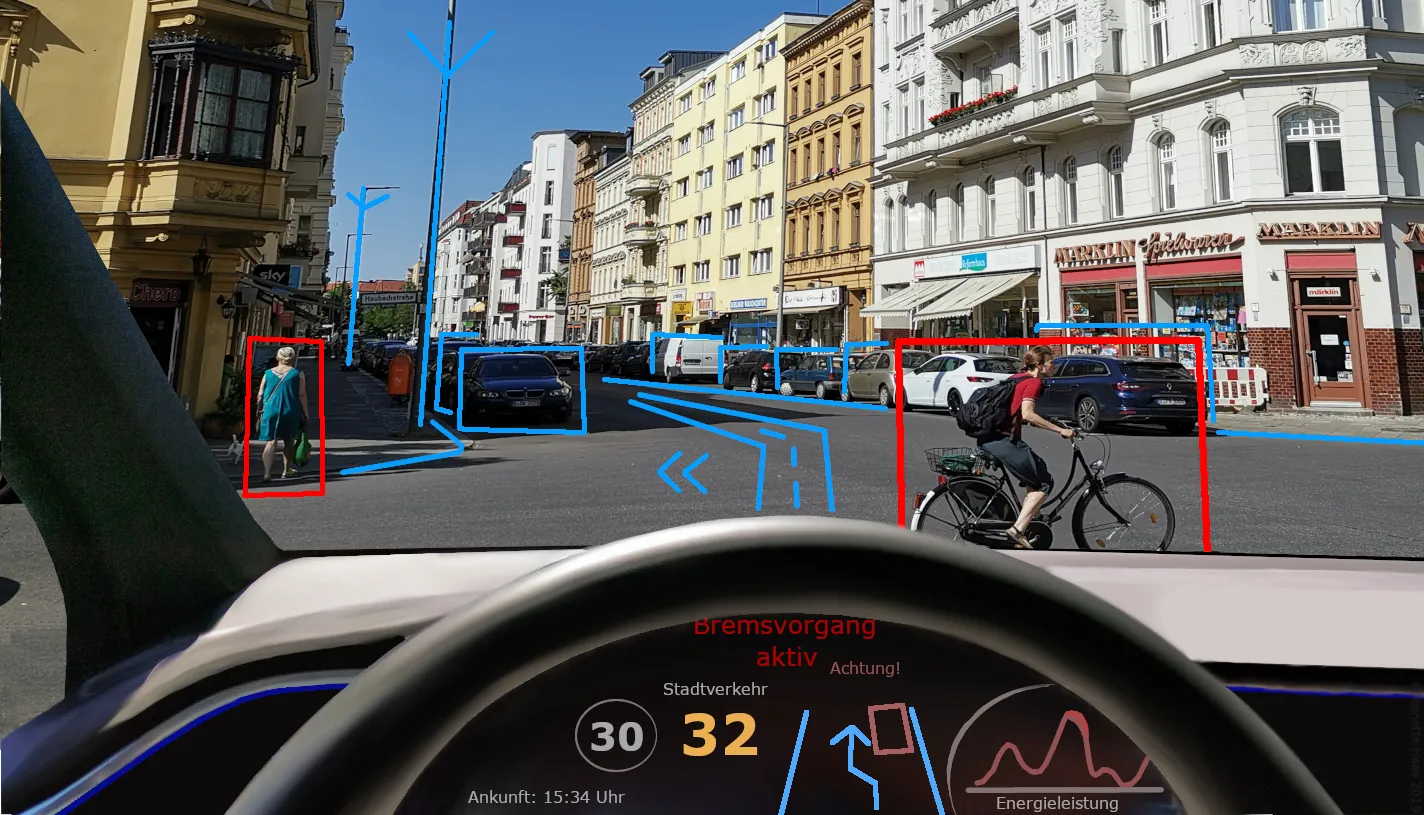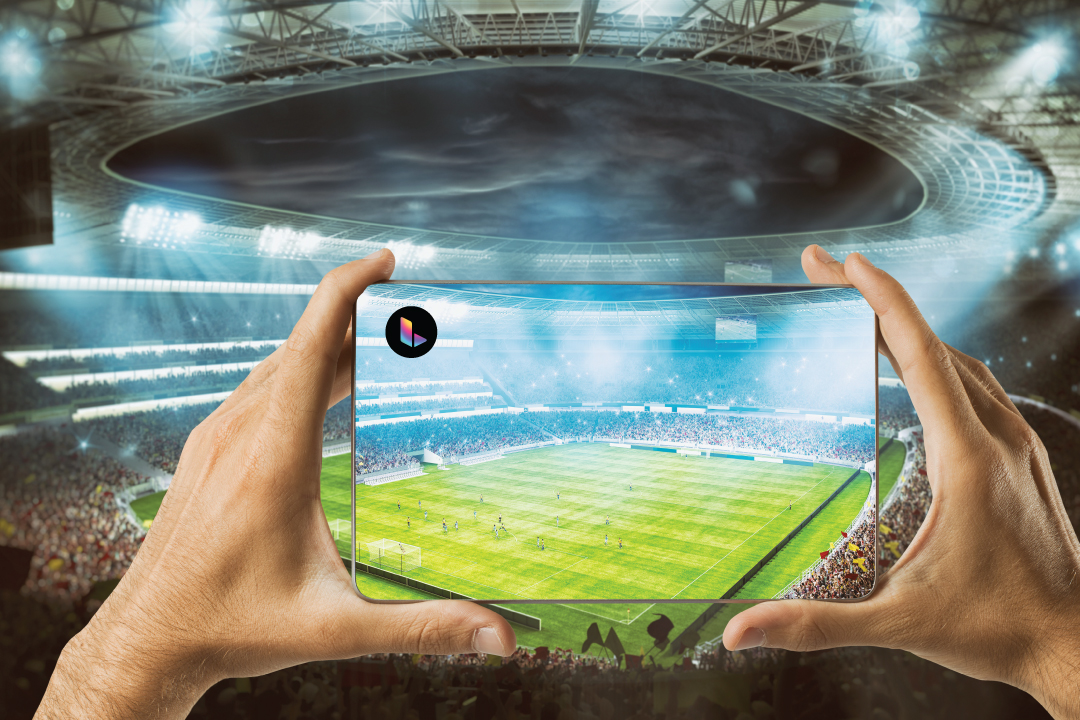BLOG
Understanding Client-Side (CSAI) vs. Server-Side (SSAI) Ad Insertion
Implement the right kind of ad insertion methods, providing quality and better user experience.

Author: Murali Manohar
Date: 24 September 2024
What is Client-Side Ad Insertion (CSAI)?
Client-side ad Insertion (CSAI) is the traditional method of delivering ads to viewers. When a user watches a video, the client (which could be a browser, app, or device) sends a request to the ad server to retrieve an ad. Once the ad is received, the client stitches it into the video stream.
This method has been the go-to for many years, and it’s the backbone of how ads are served in many environments, from YouTube to various streaming apps. However, as with most technology, CSAI has its benefits and drawbacks.
Benefits of CSAI:
Advanced Targeting Capabilities: CSAI allows for granular ad targeting since the client (like a browser or app) has direct access to cookies, local storage, and other device information. This can make the ads more relevant to the user, improving engagement rates.
Real-Time Bidding Support: CSAI works seamlessly with programmatic advertising and real-time bidding systems, allowing advertisers to bid on ad slots dynamically based on live user data.
More Detailed Analytics: Because the ad request and playback occur on the client side, advertisers can gain detailed insights into user behavior, including click-through rates, viewability, and interaction metrics.
Challenges of CSAI:
Ad Blockers: One of CSAI’s biggest drawbacks is its vulnerability to ad blockers. Since ads are delivered via the client, ad-blocking software can easily detect and prevent ads from loading, leading to lost revenue for publishers.
Buffering and Playback Issues: Because the client must handle the video and ad delivery separately, this can lead to buffering and playback issues. Ads might load slowly or not at all, interrupting the user experience.
Device Fragmentation: With the increasing diversity of devices and platforms, ensuring consistent ad delivery across all devices can be challenging. Each device may handle CSAI differently, leading to inconsistencies in how ads are displayed.

What is Server-Side Ad Insertion (SSAI)?
Server-side ad Insertion (SSAI), also known as dynamic ad insertion (DAI), is a newer approach that aims to solve some of the problems inherent in CSAI. With SSAI, the ad is stitched directly into the video stream on the server before it reaches the client. This means the viewer experiences a single, seamless stream of content, with no discernible difference between the ad and the main content.
Benefits of SSAI:
Ad Blocker Resistance: Since the ads are stitched into the video stream server-side, it’s much harder for ad blockers to detect and remove them. This can significantly improve ad delivery rates, leading to higher revenue for publishers.
Seamless Viewing Experience: With SSAI, there’s no need for separate requests to retrieve ads, reducing the risk of buffering or playback issues. The ads load as part of the video, creating a more consistent and enjoyable viewing experience for users.
Cross-Device Compatibility: SSAI simplifies ad delivery across different devices and platforms. Since the server handles the ad insertion, the client doesn’t need to be specifically configured to display ads, making delivering a consistent experience across a wide range of devices easier.
Challenges of SSAI:
Less Targeting Precision: One of the main trade-offs with SSAI is reduced targeting precision. Because the ad is inserted server-side, accessing the detailed user data that can enhance targeting, such as cookies or local storage, is more challenging. SSAI can still leverage user data, but it’s typically less granular than with CSAI.
Limited Real-Time Bidding Support: While SSAI supports programmatic advertising, it’s not as seamless as CSAI regarding real-time bidding. This can limit the flexibility of ad placements in specific environments.
Less Detailed Analytics: Since the client isn’t directly involved in ad delivery, SSAI typically offers less detailed analytics. While you can still track impressions and viewability, more advanced metrics like click-through rates may not be as readily available.

CSAI vs. SSAI: Which One Should You Choose?
Choosing between CSAI and SSAI depends mainly on your goals, audience, and target platforms.
If you focus on precision targeting and you’re heavily invested in programmatic advertising, CSAI might be the better choice. Its ability to leverage detailed user data and support real-time bidding makes it ideal for campaigns prioritizing personalization.
On the other hand, SSAI could be the way to go if you want to deliver a seamless, TV-like experience across various devices and minimize the risk of ad blockers. It’s particularly effective for high-quality content streaming where user experience is paramount.
Conclusion
Both CSAI and SSAI offer powerful tools for digital advertisers, each with unique strengths and weaknesses. By understanding the differences between these two approaches, you can make more informed decisions about how to deliver ads to your audience that maximize engagement and revenue.
SHARE THIS ARTICLE
Stay up to date on latest trend in video tech
Related Posts













































